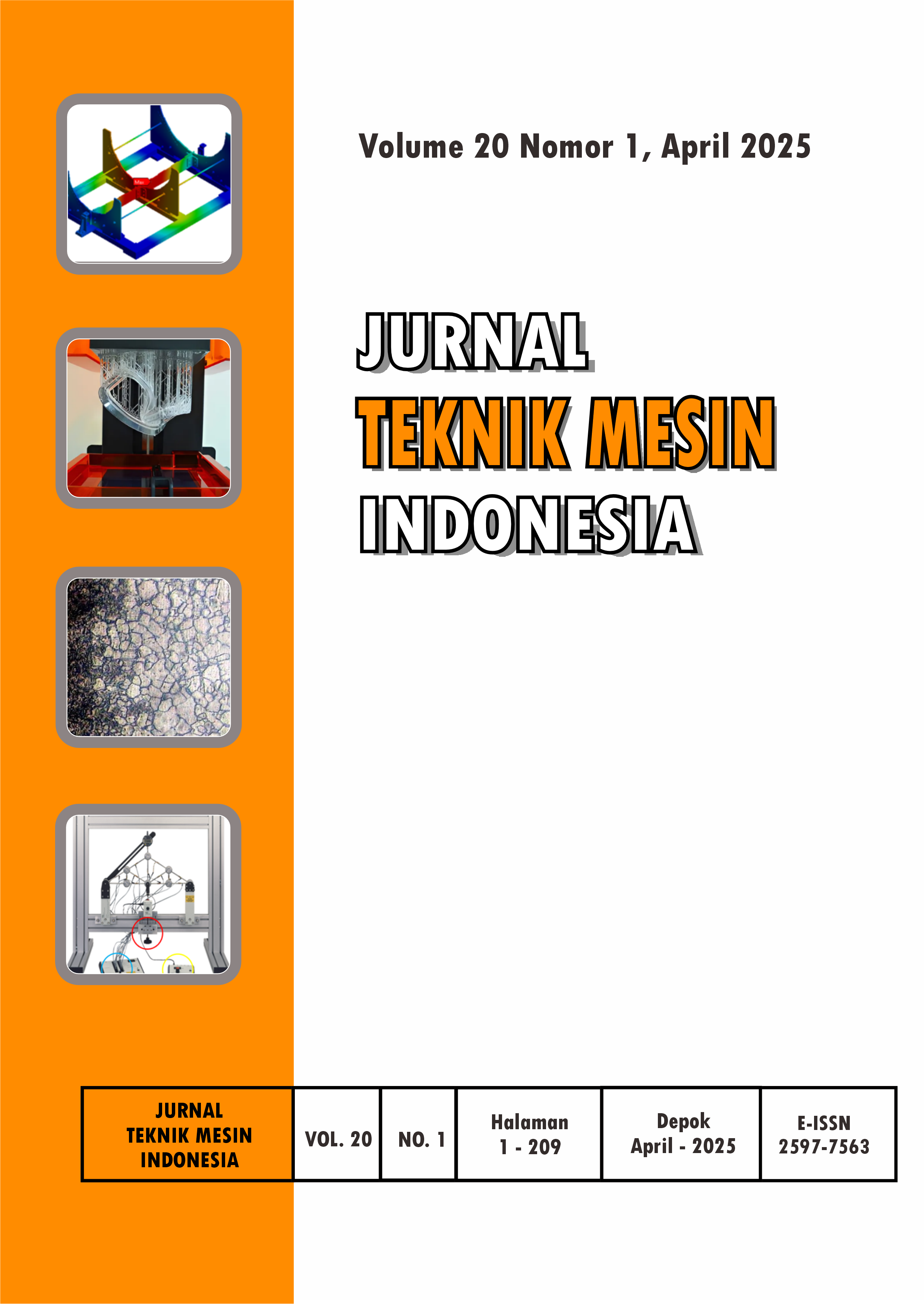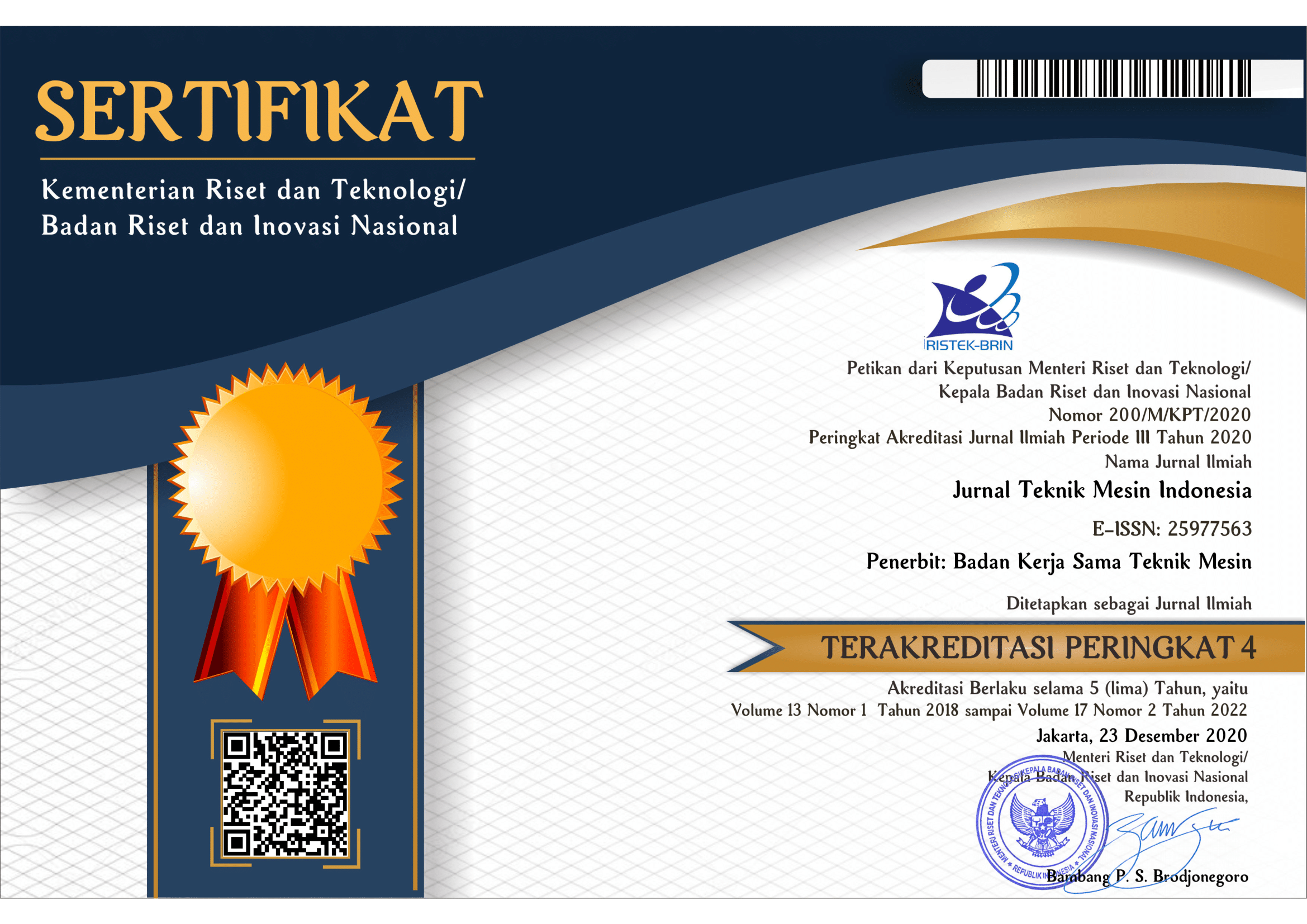Advanced Modeling and Static Load Simulation of Chair Design: A SolidWorks-Based Approach
DOI:
https://doi.org/10.36289/jtmi.v20i1.868Keywords:
CAE, SolidWorks, Chair, Von MisesAbstract
In-depth analyses are the purpose of this writing, which studies the part of Computer-Aided Engineering (CAE) in stool structural examinations. The focus is on numerous inquiries regarding the mechanical properties of varied substances, such as balsa, oak wood, or alloys, including alloy steel and AISI 304 stainless steel. The SolidWorks application made it possible to run simulations; repeated attempts were made to quantify displacement, stress, and strain. The Von Mises model is used for stress, URES was the tool most used to examine displacement, while for recording strain, the method used was estrn. Assessing mechanical behavior is the goal concerning various materials, which are viewed as a stepping stone to significantly improving the furniture design process's material selection strategies. The results of the study showed significant differences between the four materials. High stress and considerable changes were seen in oak and balsa wood; their biggest total displacement was recorded vertically. AISI 304 and alloy steel, on the contrary, showed impressive mechanical resistance, with lower stress and slightly bigger deformation occurring. In scenarios demanding rigidity and structural stability, this is suitable, emphasizing the utmost importance. Stressed is the designing of chair-making materials that strive to achieve usage-related functionality and aesthetic satisfaction










